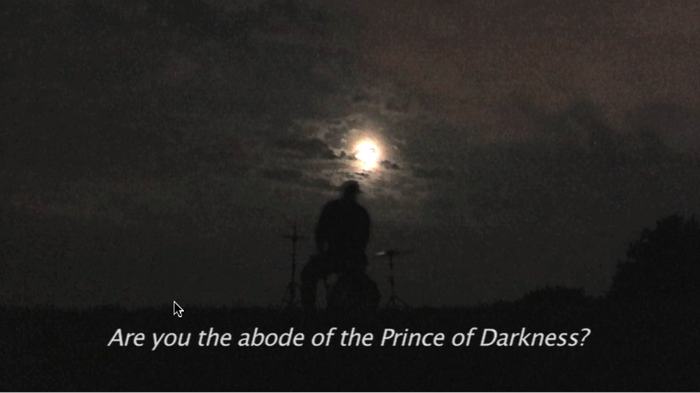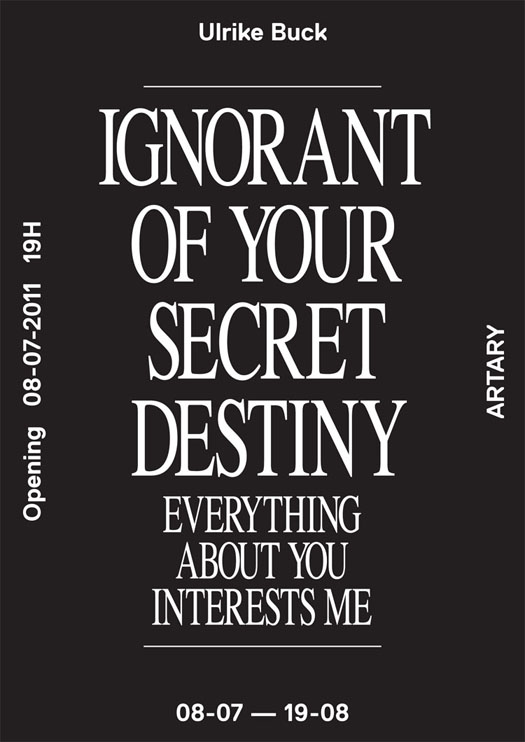
“greetings ancient moon!
Moon, often I have asked myself which is the easiest to divine:
the altitude of the moon or the depth of the human heart
I may say that despite the altitude of the moon
it cannot be compared in this respect with the depth of the human heart
Psychology has much to learn.(…)
Tell me, ancient moon
will you be my brother?
Ignorant of your secret destiny,
everything about you interests me
Are you the abode of the prince of darkness?”(1)
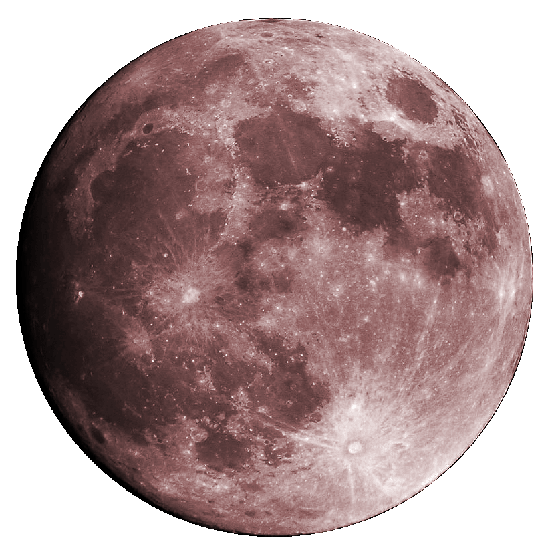
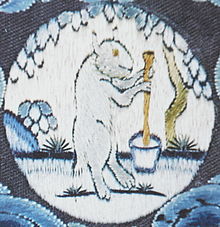

Exhibition view Artary Stuttgart 2011
An open and indecipherable field for subjective perception, the works featured in this exhibition do not attempt to define particular phenomena, nor do they function to reveal any mystery about the psychological states of their author, or the cultures which gave rise to the mythological interpretations to which Buck refers. Rather, the works suggest a rejection of the transcultural myth. Our destiny, much like that of the objects Buck has created, lingers in the unknown. This exhibition is an invitation to participate in this mystery. Your destiny is, and will remain secret.
Text: Amanda Moore
(1) Deep is the Ocean - High is the Moon Ulrike Buck. 2011. Video. Text appropriated from: Week End. Jean Luc Godard. 1967.
(3) In the field of astrology, the moon has also come to represent the subconscious mind.
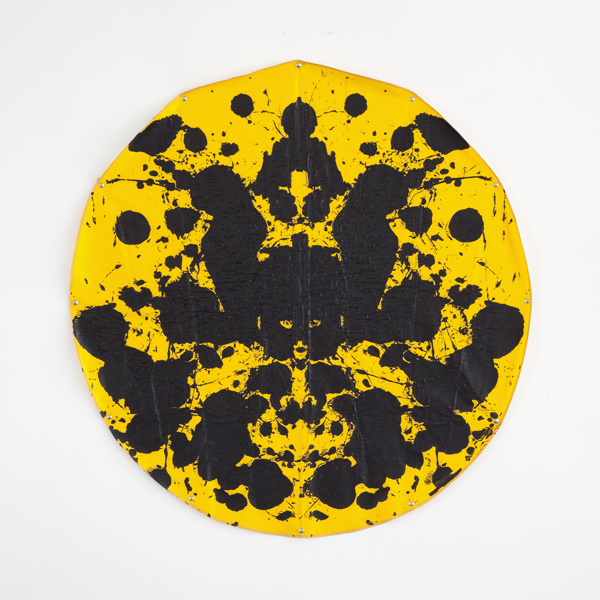
Rorschach Hare
Vinyl table cloth, silicon, 140 cm, 2011
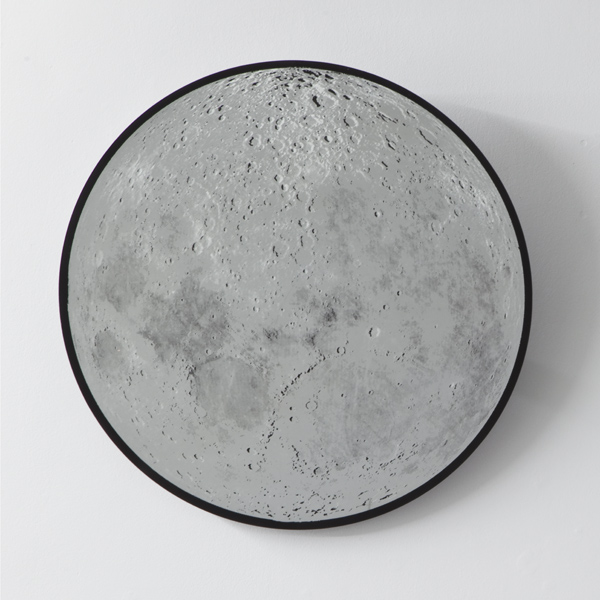
Moon Mirror
Moon surface sandblastet from both sides, adjustable wall attachment, 55cm, 2011

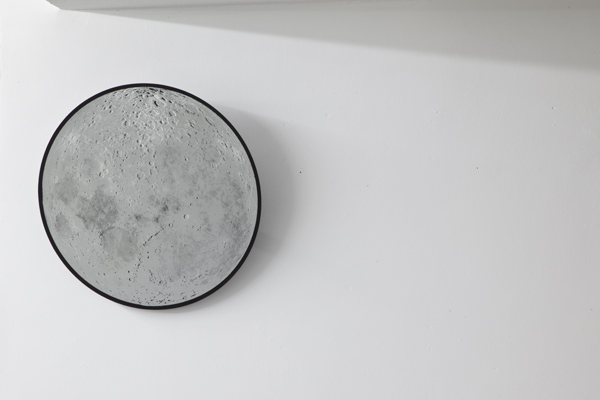
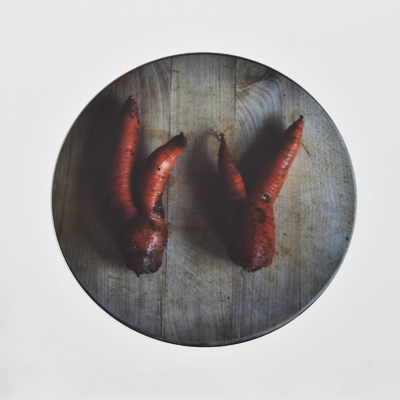
Roots
Photography 2011
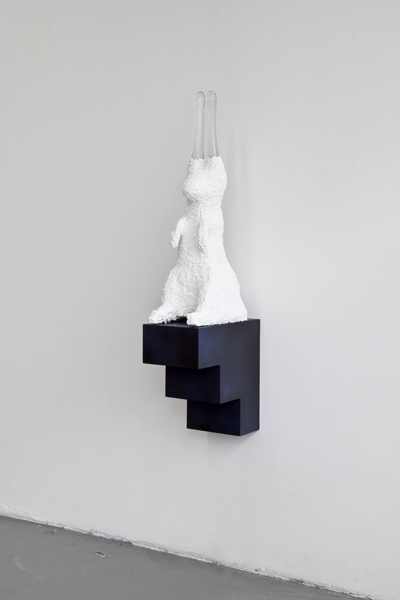
White Rabbit
Wood, silicon, wire, glass 2011
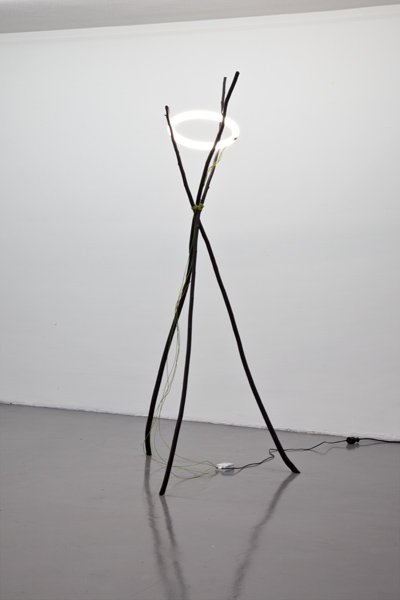
Nimbus
neon, hazelnut, silicon, 2011
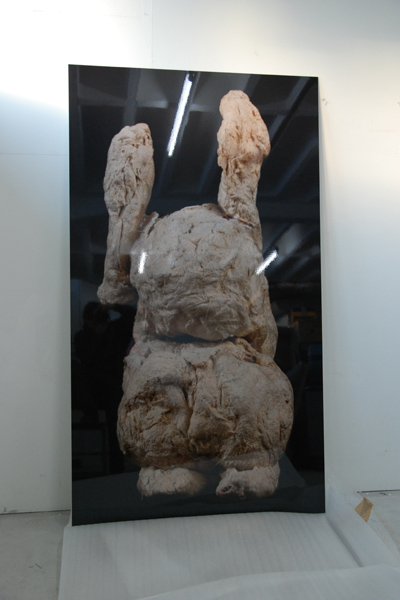
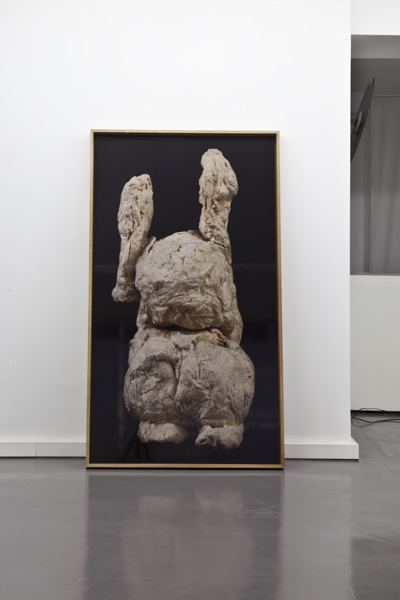
The Great Hare
Macrophotography on aluminium dibond, oak frame, 210x100cm, 1987/2011

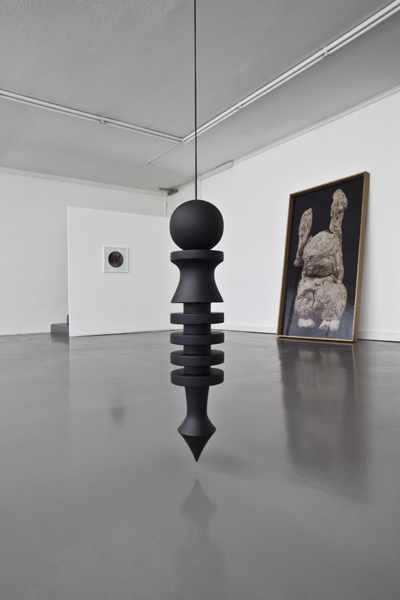
Isis Pendulum
turned wood, enamel, 80x22cm, 2011

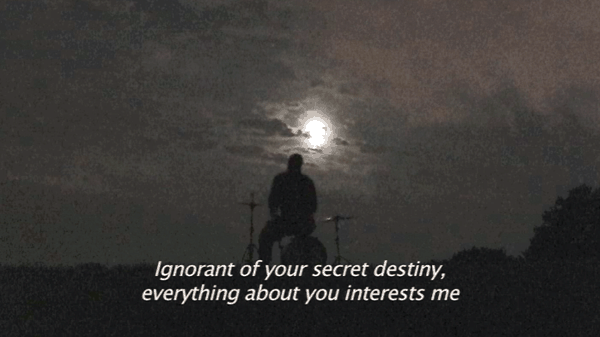
Deep is the Ocean - High is the Moon
Video 5:16 min
Drums: Raphael Sbrzesny
Ulrike Buck 2011
